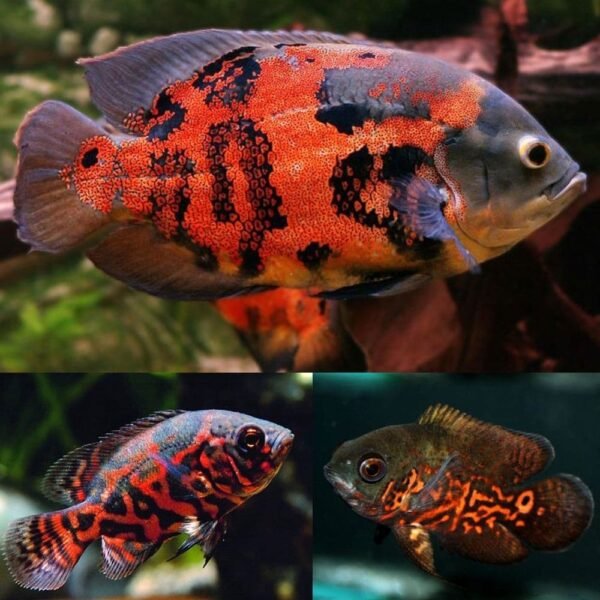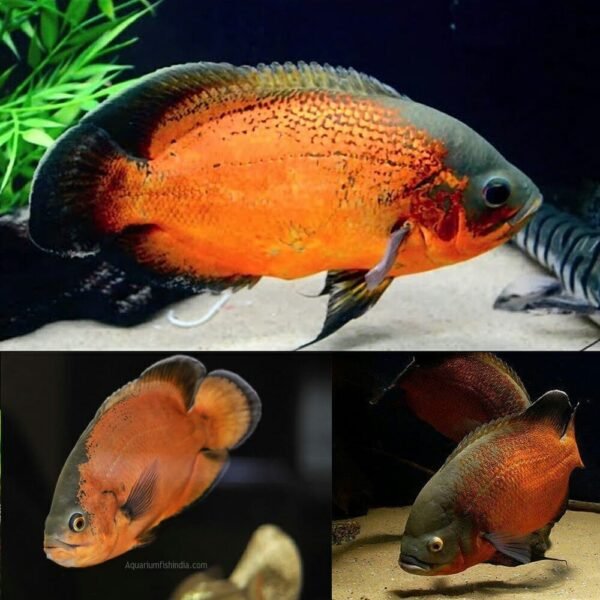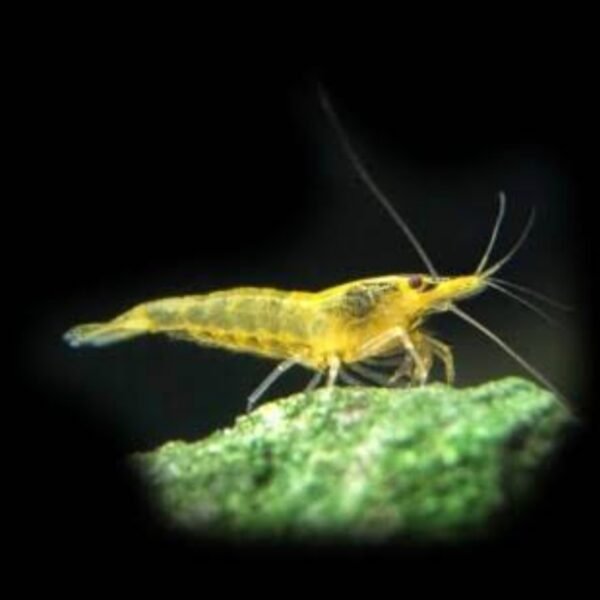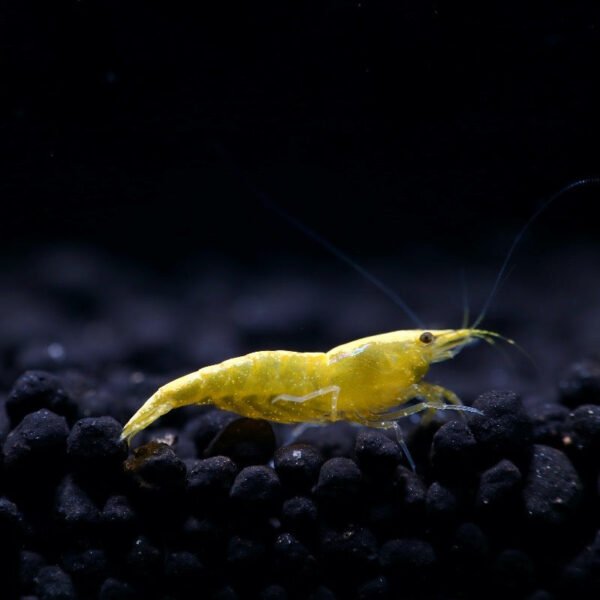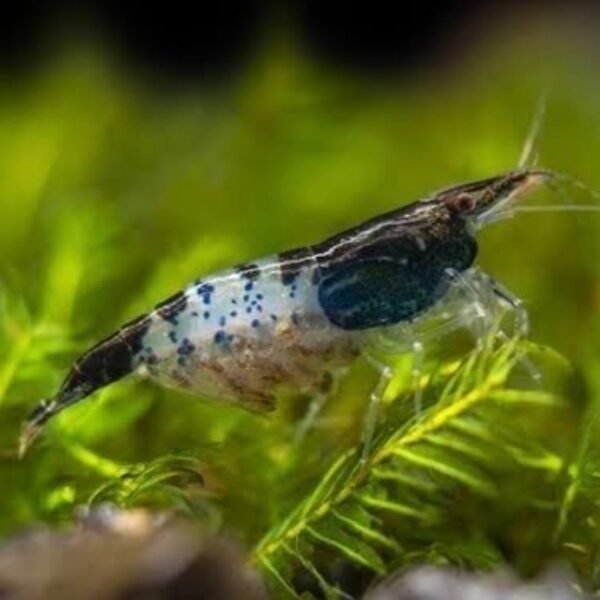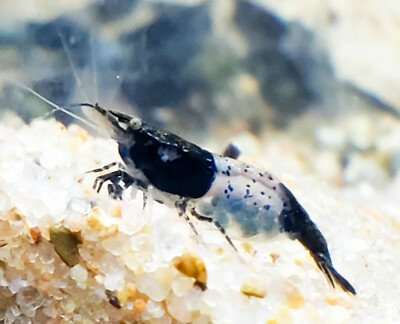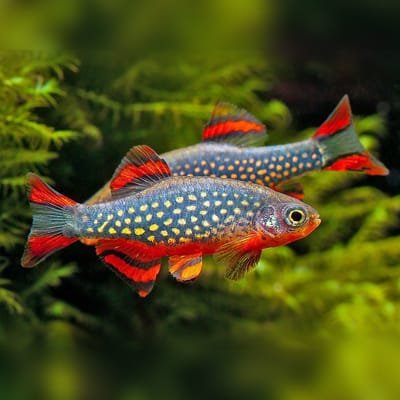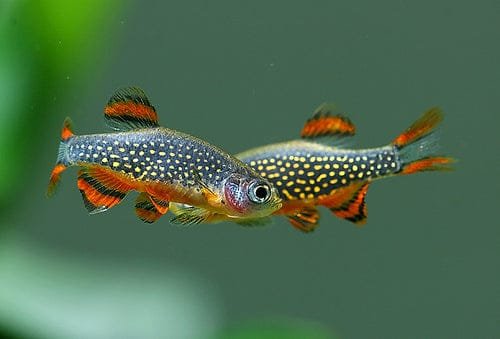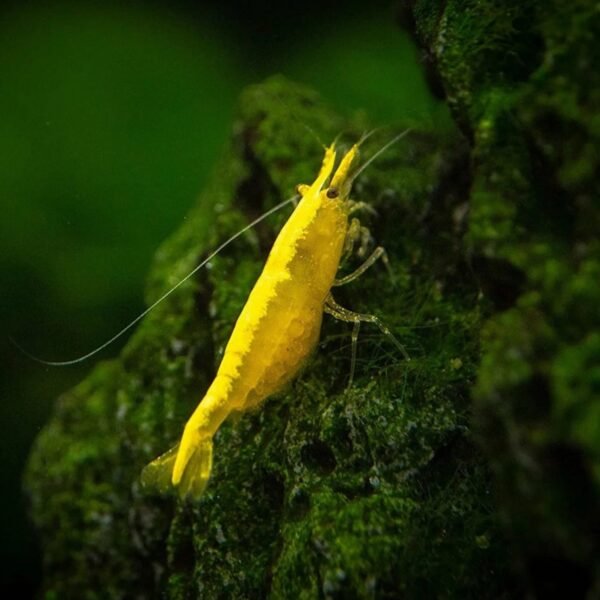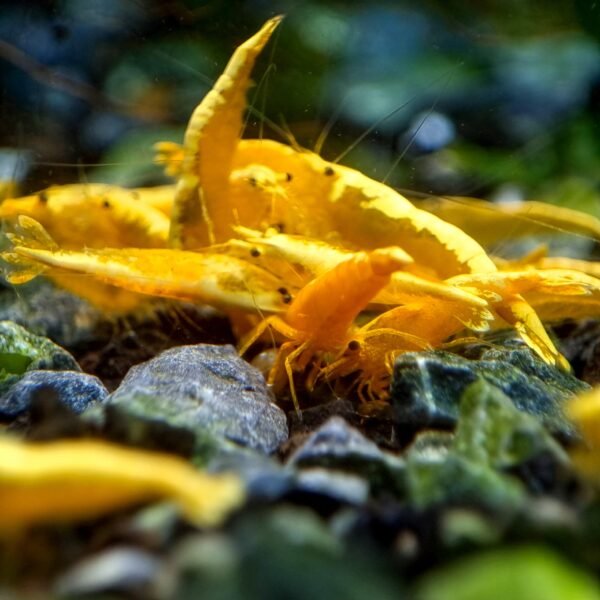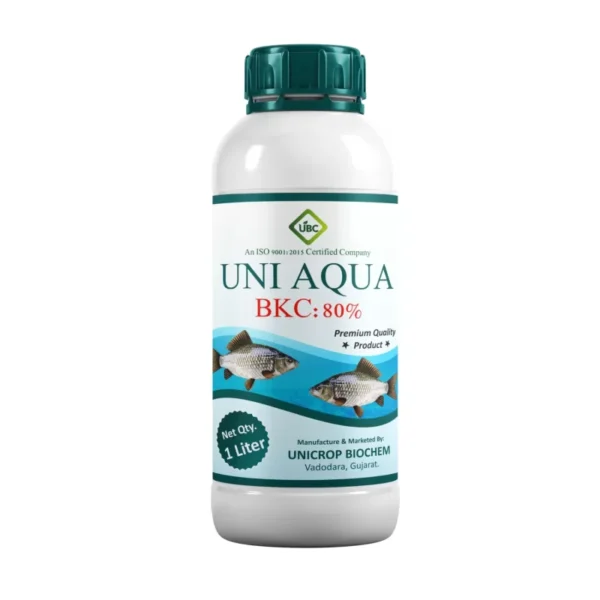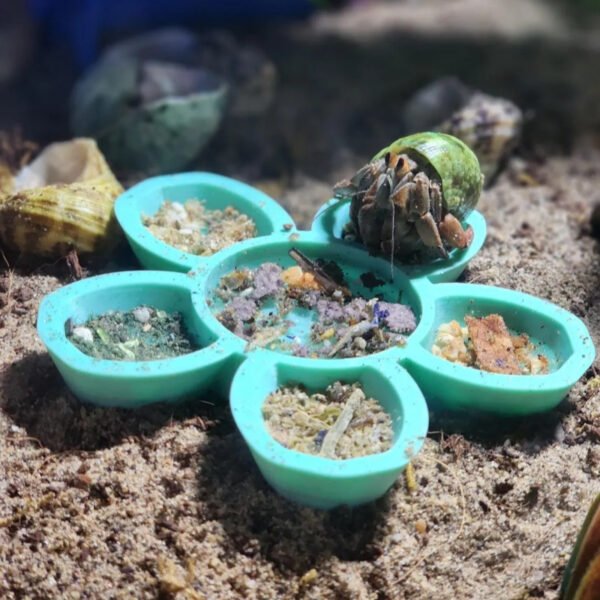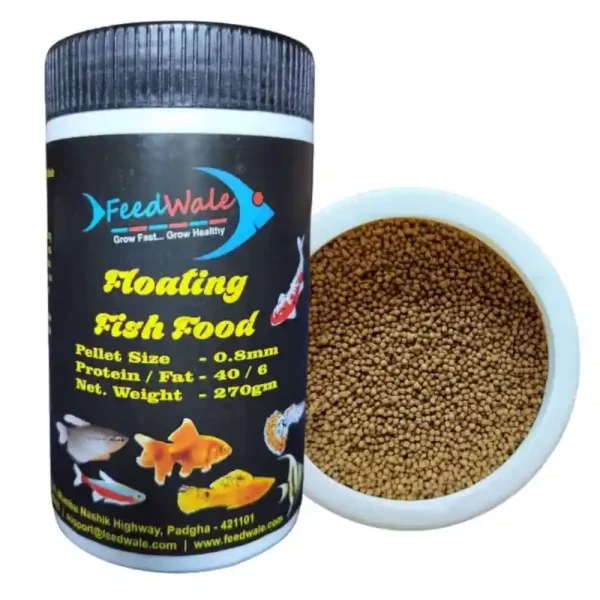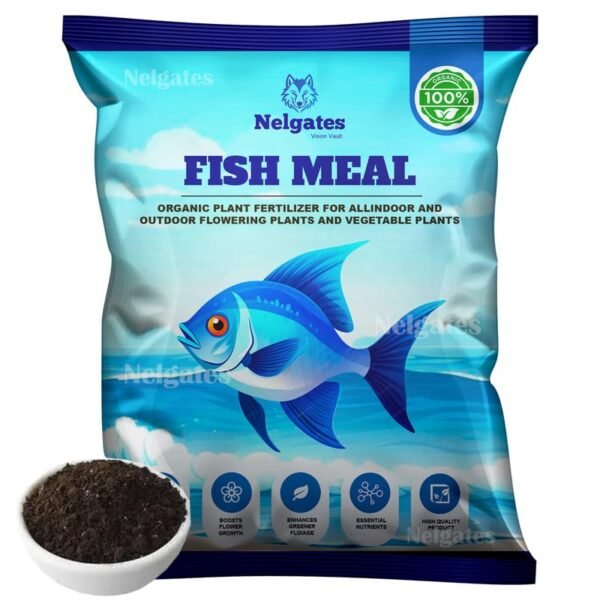Description
🐠 Papaya Oscar
📌 Basic Info
-
Scientific Name: Astronotus ocellatus (Papaya variant)
-
Family: Cichlidae
-
Origin: South America (Amazon Basin, aquarium-bred color morph)
-
Size: 10 – 14 inches (25 – 35 cm)
-
Lifespan: 10 – 12 years
-
Tank Zone: Mid to Bottom
🌊 Water Parameters
-
TDS: 100 – 200 ppm
-
pH: 6.5 – 7.5 (slightly acidic to neutral)
-
Temperature: 24 – 28°C (75 – 82°F)
-
Hardness: 5 – 15 dGH
🐟 Characteristics
-
Bright orange/yellow body with red patterns, giving it a “papaya-like” look.
-
Intelligent, interactive fish that can recognize its owner.
-
Semi-aggressive but can coexist with suitable large tank mates.
-
Strong personality – needs space to thrive.
🍽️ Food
-
Type: Omnivorous (carnivore-leaning)
-
Diet: High-quality cichlid pellets, bloodworms, mealworms, shrimp, earthworms, and some vegetables (peas, spinach, zucchini).
-
Feeding: 1–2 times daily; avoid overfeeding to prevent water pollution.
🛠️ Maintenance
-
Tank Size: Minimum 75 gallons for one, 100+ gallons for a pair.
-
Weekly Water Change: 30–40%.
-
Needs strong filtration (Oscars produce heavy waste).
-
Use sturdy décor like driftwood and rocks – avoid delicate plants (they uproot them).
👥 Social Behavior
-
Minimum Group Size: Can be kept alone or in a bonded pair.
-
Tank Mates: Large cichlids (Severum, Green Terror, Jack Dempsey), Silver Dollars, Plecos, Bichirs.
-
Avoid: Small fish (they will be eaten) and overly aggressive fish (like Flowerhorns).
✅ Do’s
-
Provide a large, well-filtered tank.
-
Give a varied diet for best color development.
-
Decorate tank with sturdy rocks and wood.
-
Keep water clean and stable.
❌ Don’ts
-
Don’t keep in small tanks.
-
Don’t add tiny or weak fish.
-
Don’t neglect water changes.
-
Don’t use fragile plants – they will be destroyed.
⭐ Quick Tips
The Papaya Oscar is a colorful and striking cichlid, prized for its vivid orange-yellow body.
It makes a great centerpiece fish for large aquariums, but it needs space, good filtration, and proper care to stay healthy and vibrant.

